- 1. Rely on Your Browser: Guardians of the Digital Realm
- 2. Unveiling the URL Wolf in Sheep's Clothing
- 3. Trust Seals: A Beacon in the Cyberstorm
- 4. Unlock Clues Via the Padlock Icon
- 5. Summon the Virtual Inspector
- 6. Review the Reviews
- 7. Social Media: Harnessing the Power of the People
- Battling Cybercriminals in the Digital Arena
Counterfeit retail websites not only have the potential to empty your wallet but can also be breeding grounds for identity theft.
In this treacherous landscape, it's essential to hone your detective skills and arm yourself with knowledge. Spotting the signs of a fake online store can be your shield against cyber scams. So, let's dive into the virtual world and uncover seven ways to distinguish the real deal from a fraudulent facade before you embark on a digital barcode-zipping frenzy.
1. Rely on Your Browser: Guardians of the Digital Realm
Keep your browser up to date, and let antivirus software stand as your digital armor. Trustworthy sentinels like these should alert you when you've stumbled upon an unsafe website. If you find yourself face-to-face with a glaring “Not Secure’’ warning, it's time to take a step back or swiftly close the page. Your browser's warning can be your saving grace, so don’t dismiss it easily.
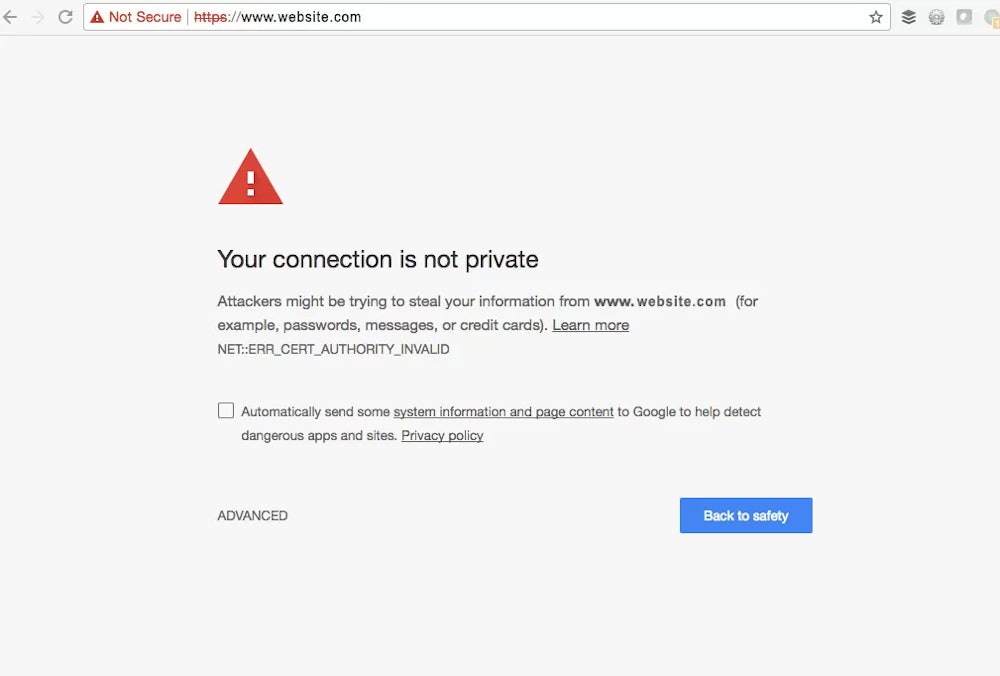
2. Unveiling the URL Wolf in Sheep's Clothing
Appearances can be deceiving, especially in the vast expanse of the online world. Those cunning fraudsters have a knack for creating URLs that mimic the trustworthy ones we rely on.
Don't be so quick to judge a website solely based on its outer façade—take a moment to delve into the intricate realm of URLs. If you stumbled upon the site through a search engine, direct your attention to the address bar and ensure you haven't been led astray; better still, take control of your digital destiny by typing the URL yourself.
Also, don't let sneaky cybercriminals catch you off guard with their clever typosquatting schemes. They prey on your innocent typing mistakes, creating fraudulent sites with URLs that are just a hair's breadth away from the authentic ones; don't let a single typo be the gateway to a world of deception.
Oh, and speaking of wolves in sheep’s clothing, take a careful gander at the online images used. While some fraudulent online stores do feature high-quality pictures, a pixelated image of a fake product is a dead giveaway.
3. Trust Seals: A Beacon in the Cyberstorm
Trust seals, bestowed by revered entities such as the Better Business Bureau, PayPal, or Google, radiate a sense of security to wary shoppers. These symbolic badges reassure users that transactions can be conducted safely. However, it's crucial not to place blind trust in a website solely based on the presence of a trust seal or badge.
If you're venturing into unfamiliar territory, exercise caution, and conduct thorough research before divulging personal information.
4. Unlock Clues Via the Padlock Icon
While the URL may hold secrets and trust seals provide some peace of mind, the padlock icon in the address bar conceals valuable insights into a website's security. A simple click on this symbol will rustle up a dropdown box, revealing crucial information such as the validity of the site's certificate, the number of cookies in use, and other essential site settings.
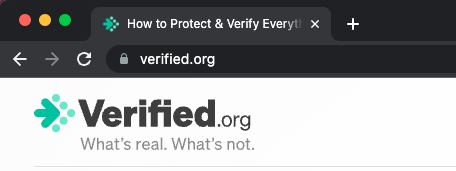
Typically, a padlock icon signifies that the site has undergone verification and is considered secure. However, exercise caution, for cunning impostors have managed to replicate this symbol. Remember, even with a seemingly legit padlock icon in plain view, it isn’t necessarily so—no site is invincible to being hacked.
5. Summon the Virtual Inspector
When in doubt, let technology come to your aid. Online verification services act as virtual detectives, sifting through a website's digital DNA to ascertain its legitimacy.
Websites like UrlVoid.com serve as your trusty sidekick, analyzing the URL you enter and generating comprehensive reports. Through their meticulous investigations, they scour multiple lists, uncovering warning signs and red flags that may indicate fraudulent activity.
Another reliable ally is the Google Transparency Report, a beacon of trust in the vast (often choppy) internet seas. Enter the URL into the ‘Check site status’ box, and let the report unveil the website's safety.
6. Review the Reviews
Venturing into the unknown is less daunting when armed with the wisdom of others. To gauge a website's legitimacy, delve into the realm of reviews. Multiple sources hold the key to unlocking insights about websites, products, and services. Unfortunately, not all reviews can be trusted as being legitimate either, but for the most part, the fake ones can be relatively easy to spot.
Trustpilot, a trusted review site, offers a treasure trove of real customer opinions. Here, you can peruse their experiences and unearth valuable information. Additionally, Trustpilot's business transparency page sheds light on the online vendor, equipping you with the knowledge to make informed decisions.
7. Social Media: Harnessing the Power of the People
In this interconnected world, social media platforms hold a wealth of information at your fingertips. Embrace the power of social media and tap into the collective wisdom of the online community to uncover the truth about a potential online store.
Take to platforms like Facebook, Twitter, and Reddit, where users freely share their experiences and opinions. Search for mentions or discussions about the store in question; if fellow shoppers have fallen victim to a scam or have had negative encounters, their voices will echo through the digital landscape, serving as a warning. Likewise, if the store is legitimate, you may find positive testimonials and recommendations from satisfied customers. Don't underestimate the strength of the online crowd; let social media be your ally in separating the authentic from the counterfeit.
Battling Cybercriminals in the Digital Arena
In the ever-evolving realm of cybersecurity, hackers and scammers are shadowy figures perpetually concocting new schemes to trap even the most seasoned online shoppers. If you stumble upon a fake website during your virtual expeditions, it's vital to take action. Report the deceitful site to the FBI's Internet Crime Complaint Center, as well as directly to the internet companies and browsers related to the site or search.
Still, prevention is the ultimate shield against cyber woes. When navigating the vast online shopping landscape, keep your cyber senses sharp, and trust your instincts. A little detective work and due diligence can save you from the colossal headache that awaits those ensnared by fake online stores. So, embark on your digital shopping sprees with confidence, armed with knowledge and ready to outsmart the virtual wolves lurking in the shadows.

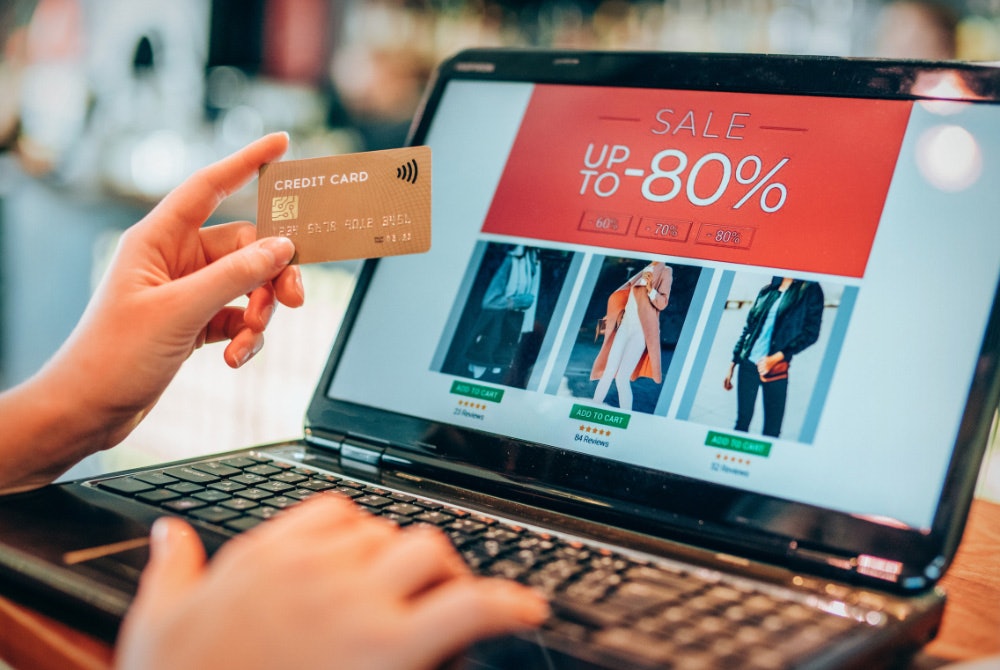



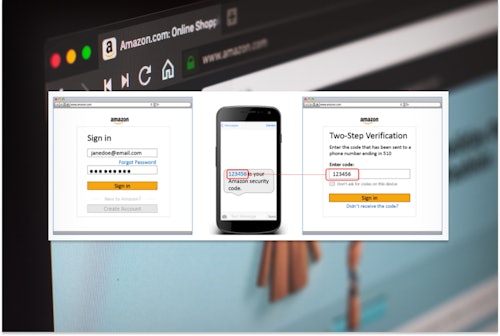

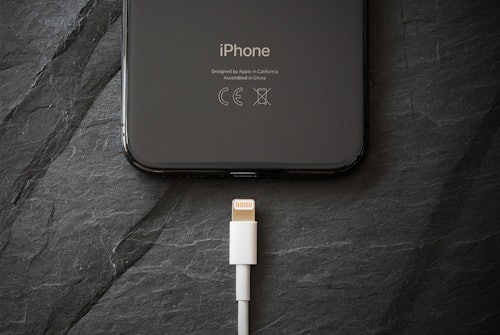
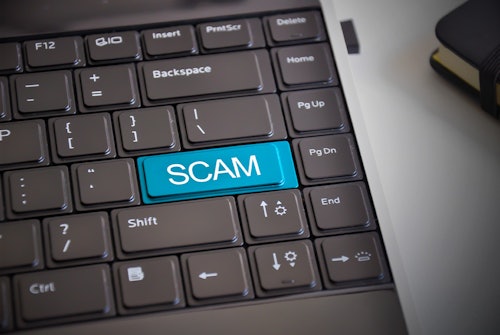


Comments